By Mike Haskew
It was the spring of 1846, roughly nine months before the Battle of Buena Vista. It had become apparent to everyone at this point that a Mexican-American War was inevitable, and diplomatic efforts between the two countries had failed. For the Mexicans, old injustices had become unbearable. A decade earlier, the upstart Texans had declared their independence, but the sovereign nation of Mexico still considered the land a northern province. Then, in 1845, the United States had annexed Texas while offering Mexico the insultingly low amount of $35 million to purchase California and other lands in western North America.
The diplomatic wrangling had been exacerbated by the concept of “Manifest Destiny,” which had captivated the geopolitical thinking of many Americans in the mid-19th century. Adherents of the ideal believed that God had divinely sanctioned the expansion of the United States from the Atlantic to the Pacific. Indeed, James K. Polk, a Democrat, had been elected president in 1844 on a platform of just such expansion.
The Mexicans, for their part, believed that insult had been heaped upon injury. They disagreed with the United States over the boundary between the two countries. Rather than the Rio Grande, Mexican officials held that the border was farther north, at the Nueces River, and they dispatched troops to back up their claim. Following the declaration of a “defensive war” by Mexican President Mariano Paredes on April 23, 1846, Polk ordered General Zachary Taylor to march to the Nueces with a strong contingent of American troops. Inevitably (as Polk had intended), war soon broke out between the two countries.
During the war’s first major battle at Palo Alto, the Mexicans were forced to retreat, and on the following day at Resaca de la Palma the retreat turned into a rout. Throughout the summer of 1846, Taylor pressed deeper into the enemy’s country, and in September his forces captured the fortress city of Monterrey. The unbroken string of victories had made “Old Rough and Ready” a national hero and prompted him to continue a successful if risky campaign in northern Mexico.
Meanwhile, American forces were triumphant on all fronts. An army of 1,600 men under Colonel Stephen Watts Kearny occupied Santa Fe, New Mexico, that summer, and by the end of the year all of California was in American hands. Another army of 1,200 men under Colonel Alexander Doniphan occupied El Paso, Texas. As far as Polk and Army General-in-Chief Winfield Scott were concerned, the stage had been set for the war’s coup de grace. Scott, they determined, would land another army at Vera Cruz on the Gulf of Mexico and press on to the enemy’s capital. Once Mexico City was occupied, the United States would dictate the terms of a favorable peace to the stubborn Mexicans.

“Like an Old Hen with One Chicken.”
In preparation for the grand offensive in the south, Taylor was ordered to remain at Monterrey and dispatch all but 500 of his U.S. Army regulars, commanded by Brig. Gen. John Worth, to join Scott at Tampico. The diminutive but fiery Taylor was outraged. Poised to strike deep into the heart of Mexico, he saw his supreme opportunity being usurped by his superiors in Washington. He would obediently release the bulk of the regulars, but remaining idle while the war came to a climax was unthinkable to Taylor.
Although unimposing physically, Taylor had earned the respect and admiration of his soldiers, even fighting on foot with them at Monterrey. He was a familiar figure sitting astride his favorite horse, Old Whitey. A junior officer described him, not unfavorably, as “short and very heavy, with pronounced face lines and gray hair, wear[ing] an old oilcloth cap, a dusty green coat, a frightful pair of trousers and on horseback looks like a frog.” Aesthetics notwithstanding, the general still seethed that he had been “stripped of nearly the whole of the regular force and half of the volunteers, and ordered to act on the defensive.” One of his officers observed that Taylor was “very angry and flies about like an old hen with one chicken.”
With every intention of carrying the fight to the Mexicans and securing a role for his army and himself in the endgame, Taylor advanced to the town of Saltillo and ordered the Center Division, under Brig. Gen. John Wool, to abandon its independent expedition in the Mexican state of Chihuahua and join him. Even with the addition of Wool’s troops, Taylor’s so-called Army of Occupation numbered fewer than 5,000 soldiers—and precious few of them were regulars.
A professional soldier himself, Taylor had entered the military as a volunteer in 1806. Two years later, he enlisted in the U.S. Army and became a first lieutenant. A veteran of the war against the Indian chief Tecumseh, the War of 1812, the Black Hawk War, and the Second Seminole War, Taylor was well aware of the risk inherent in his bold advance. However, he was also convinced that a conspiracy with its roots in Washington was bent on denying him a major role in the final victory. An air of near invincibility contributed to Taylor’s impetuous decision. Like many prideful generals before him, Taylor was about to stumble.
A Long March for the Theatrical Santa Anna
General Antonio Lopez de Santa Anna had once again taken center stage in Mexico. Like the proverbial phoenix, Santa Anna seemed to continually rise from the ashes of defeat and exile. The victor at the Alamo during the 1836 war with Texas, he had slaughtered the prisoners to a man, only to be humiliated by the forces of Sam Houston and captured at San Jacinto a few weeks later. Banished from his country, Santa Anna nevertheless returned to military and political prominence during a short but vicious fight against French invaders two years later. He lost a leg fighting the French, but he regained power in 1841. Three years later, he was again thrown out of his homeland. Then, in 1846, he was called home from exile in Cuba to assume the office of president and defend the honor of Mexico against the United States.
To many, Santa Anna appeared to be nothing more than a strutting peacock, dressed in military regalia dripping with gold braid, striking martial poses, and likening himself to Napoleon. In reality, he was much more than that. Possessing superb organizational skills, he inspired a renewal of patriotic fervor among his people, pledging his own personal fortune, borrowing heavily from the Catholic Church, and procuring weapons and animals from the populace. In a remarkably short period of time, he raised an army of 25,000 soldiers. While many of these men had little military training, the sheer weight of numbers might hold the key to victory, particularly under the right circumstances.

While Taylor fumed and Santa Anna schemed in January 1847, a young American courier, Lieutenant John Richey, was intercepted and killed and the contents of his packet delivered into the hands of the Mexican commander. Here was the American plan in its entirety. Amazed by his good fortune, Santa Anna determined to send his army north to overwhelm Taylor before wheeling southward to deal with Scott and the threat to Mexico City. On January 28, the imposing but inexperienced Mexican army set out from San Luis Potosi across 400 miles of inhospitable terrain to find and annihilate Taylor’s force, which Santa Anna reckoned would still be in the vicinity of Saltillo.
With his flair for the theatrical, Santa Anna addressed his soldiers of the Lombardini, Pacheco, and Ortega infantry and Juvera cavalry divisions on the eve of their departure. “Today you commence your march, through a thinly settled country, without supplies and without provisions,” he said, “but you may be assured that very quickly you will be in possession of those of your enemy, and of his riches; and with them, all your wants will be superabundantly supplied.”
Through wind, rain, and mud, Santa Anna’s army trudged across the desert wasteland, where temperatures soared by day and plunged by night. Many died of exposure or starvation during three weeks on the march. A number of women who had gathered their possessions and followed their husbands also perished on the march. Desertion thinned the ranks, and by February 20, only 15,000 soldiers remained with their leader.
Taylor Sets his Defense
Taylor initially had scoffed at the possibility that an enemy force of any consequence could undertake such an arduous trek. Confidently, he had advanced as far as Agua Nueva, seven miles south of Saltillo. As rumors of the Mexican advance filled his camp, Taylor sent Major Ben McCullough of the Texas Rangers to scout southward in search of Santa Anna. When McCullough returned with the unwelcome news that a massive Mexican army was only 60 miles away, Taylor decided to stand and fight at Agua Nueva. His lieutenants, however, argued vigorously against such action.
Taylor relented and ordered a withdrawal to Angostura, where the road to Saltillo passed through the mountains of the Sierra Madre, one mile from the established supply base at Hacienda San Juan de la Buena Vista. Wool had selected Angostura two months earlier as an ideal location from which to fight a defensive battle. The road to Saltillo passed through a narrow valley; to the west of the road, the landscape was severely broken by deep and precipitous arroyos to form an effective barrier against enemy movement. On the other side of the road, the terrain was rugged but passable. The American troops took up positions and waited for the enemy to approach.
Although seriously outnumbered, Taylor’s army was bolstered by the 500 regulars. They included three artillery batteries and two companies of dragoons. Wool was charged with the deployment of the American forces. He placed the eight guns of the 1st Battery, 4th U.S. Artillery, commanded by Captain John M. Washington, atop a slight rise where the road narrowed to less than 50 feet. Infantry support for this position was supplied by the 1st Illinois, led by Colonel John J. Hardin. Behind these positions stood the 2nd Kentucky Infantry of Colonel William R. McKee, which was supported by Colonel William H. Bissell’s 2nd Illinois several hundred yards behind. On the left of the American line were Colonel Archibald Yell’s 1st Arkansas Cavalry and the 1st Kentucky Cavalry of Colonel Humphrey Marshall. Two regiments of Brig. Gen. Joseph Lane’s brigade, the 2nd and 3rd Indiana, manned a secondary line across an adjacent ridge. The U.S. dragoons and one company of Texas infantry were held in reserve.
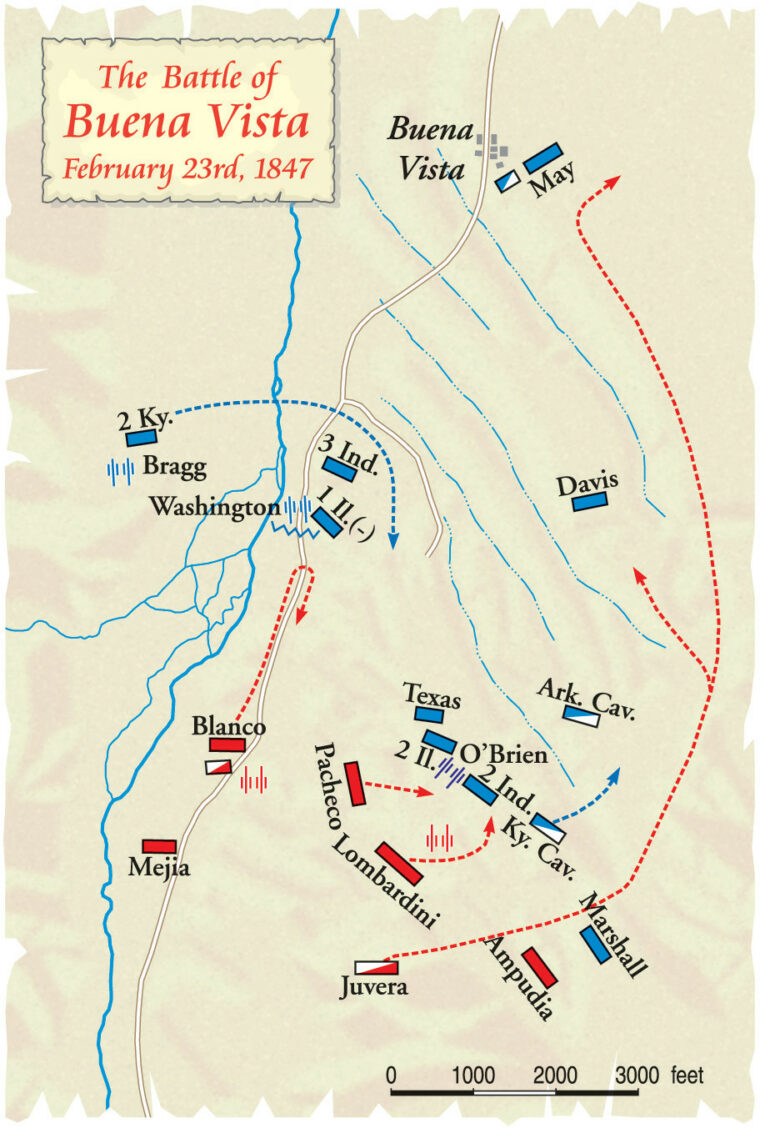
Setting up the Attack
On February 21, Santa Anna’s army marched another grueling 35 miles with no opportunity to replenish canteens, which were rapidly emptying. When they reached Agua Nueva, the Mexicans found stores of supplies going up in flames and Yell’s Arkansas cavalrymen riding hell for leather into the darkness. It appeared to be an all-out retreat. Hoping to achieve something positive after the travails of the long march, Santa Anna leaped instantly to that conclusion.
The pursuit of the Arkansans was halfhearted at best, owing mainly to the fact that the Mexicans were near total exhaustion. Shortly after daylight, however, Santa Anna discovered that the Americans were not running. He deployed his army, battle flags flapping in the morning breeze, with a cavalry brigade under Brig. Gen. Julian Juvera and the infantry brigade of Maj. Gen. Pedro de Ampudia, supported by two artillery batteries, placed toward the mountains. On the left flank, Colonel Santiago Blanco’s regiment of engineers and three heavy cannons were situated, while in the center were the divisions of Maj. Gens. Francisco Pacheco and Manuel Maria Lombardini, with a concentration of 14 artillery pieces. The plan of attack was simple. A thrust against the American left would turn their flank, and the cavalry would cut off the American retreat by taking Buena Vista.
Drawn up in full view of Taylor’s inexperienced army, the Mexicans were an imposing sight “in their long tall hats, bedecked with tinsel & their blue overcoats streaming in the wind & what was more interesting to us just then,” recalled a volunteer from Illinois, “their long glittering muskets pointing directly at us as if they were really trying to shoot us.”
When he arrived from Saltillo the next morning, February 22, Taylor was greeted by cheers and the trill of the regimental bands playing “Hail Columbia” and “Yankee Doodle.” It was George Washington’s birthday, and Wool reminded the troops that their conduct on the field that day should be worthy of the honor of the father of their country.
“Tell Santa Anna to go to hell!”
At 11 am, Santa Anna’s surgeon general, Pedro Vanderlinden, rode into the American lines and delivered a surrender demand from the self-styled Napoleon of the West. It read, “You are surrounded by twenty thousand men, and cannot in any human probability avoid suffering a rout and being cut to pieces with your troops; but as you deserve consideration and particular esteem, I wish to save you from a catastrophe, and for that purpose give you this notice, in order that you may surrender at discretion, under the assurance that you will be treated with the consideration belonging to the Mexican character; to which end you will be granted an hour to make up your mind.”

Taylor’s response was not long in coming. He bellowed to his aide, Major William Bliss: “Tell Santa Anna to go to hell! Bliss, put that in Spanish for this damned Dutchman to deliver!” Bliss actually answered in a more formal manner, stating respectfully, “In reply to your note of this date, summoning me to surrender my forces at discretion, I beg leave to say that I decline acceding to your request.”
The Battle of Buena Vista Begins
With that, the die was cast. After another three hours of maneuvering, Santa Anna ordered a single cannon to fire. The Mexican attack commenced with a weak feint on the American right, where the terrain was rough enough to quell any threat of a real attack, although the 2nd Kentucky Cavalry and a section of artillery were moved to the area, just in case. Late in the afternoon, Ampudia led four battalions of infantry in the planned flanking movement against the American left. In response, riflemen from Kentucky and Indiana, along with the Arkansas cavalry, moved to impede their progress. Each time the Mexicans swung wide, the Americans were racing to higher ground, extending their flank but thinning the line dangerously. To shore up the extended positions, Wool sent three guns under Captain John Paul Jones O’Brien and the 2nd Indiana Regiment, commanded by Colonel William A. Bowles, to an area of flat ground near the center of Taylor’s line. As daylight ebbed, so did the first hours of indecisive fighting.
Without campfires, the Mexicans soldiers lay down in a drizzle. Their commander, however, restlessly prowled the encampments of each unit, stopping to exhort the men to victory with the renewal of battle. Brig. Gen. Manuel Micheltorena located favorable ground for several sturdy 8-pounder cannons, placing them more than 700 yards from the American position, which had been reinforced earlier in the day. A change in strategy was to be implemented. Since the Americans had managed to secure their left flank against the mountains, Santa Anna directed a new assault on the portion of their line where the center and left converged.
At the same time, Wool was bringing up the 2nd Illinois and another battery of artillery to support the American left and center, while Texas infantry and elements of the 1st Dragoons came forward as well. Taylor returned to Saltillo with the 1st Mississippi Rifles and a detachment of dragoons to allay concerns about the safety of the army’s supplies.
A Confused Retreat
February 23 dawned clear and bright. The Mexicans massed to attack the American left once again. Ampudia’s brigade pressed hard against the Kentucky, Arkansas, and Indiana riflemen under Marshall, and three companies of the 2nd Illinois advanced to reinforce them. The mounting pressure of the attack compelled the volunteers to grudgingly yield ground. The Mexican 8-pounder cannons barked incessantly, and O’Brien’s guns replied in kind. Simultaneously, Santa Anna ordered his elite engineers, supported by cavalry, to attack directly through the narrow confines of the San Luis Road. Anchoring the center of the American line, Washington’s artillery shredded this ill-advised move with a withering fire of grapeshot and canister. Leaving heaps of dead and wounded behind, the Mexicans fell back in confusion.
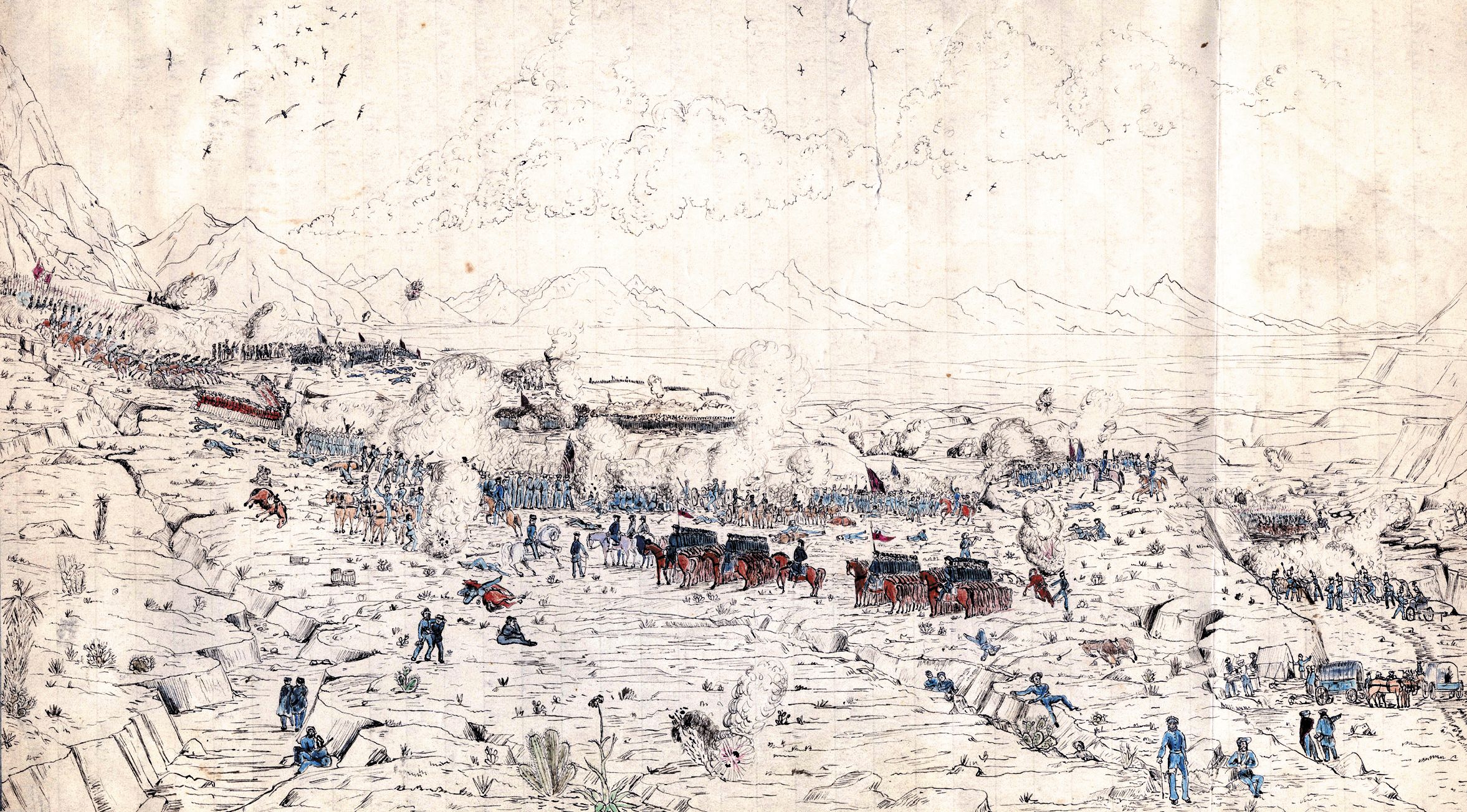
With neither of these jabs proving successful, the Mexican commander launched his haymaker at 8 am. The divisions of Pacheco and Lombardini moved forward in the half light, taking advantage of gullies and ravines along the way. Seven thousand strong, the soldiers emerged from cover and began to deploy in front of the 2nd Indiana and the artillery commanded by O’Brien. One of the Americans watching them was Lieutenant John F. Reynolds, destined to lose his life at Gettysburg while commanding a corps of the Union Army during the Civil War. On this day, Reynolds was an artilleryman who was awestruck by what he saw. “I never in my life beheld a more beautiful sight,” he later wrote, “their gay uniforms, numerous pennants, standards, and colors streaming in all their pride and pomp.”
The heavy assault bowled into Lane’s 2nd Indiana Regiment, and O’Brien operated his three cannons efficiently, tearing gaps in the ranks of the advancing Mexicans. To the left, the 2nd Illinois poured fire into the enemy flank. For half an hour, the Americans would not be moved, but the relentless enemy came on again and again. Wool instructed Lane to hold at all costs, and under increasing pressure Lane ordered O’Brien to move to a better firing position. As the artillery limbered up, Colonel William A. Bowles, commanding the 2nd Indiana, interpreted the move incorrectly and shouted, “Cease fire and retreat!” The result was a near disaster as Bowles’s command disintegrated. One soldier vividly remembered the desperate moment: “Mexicans came out of the ravine in masses. Men left the ranks in all the regiments, and soon our rear was a confused mass of fugitives, making for Buena Vista Ranch and Saltillo.”
Like dominoes, successive positions on the American front became untenable. Without infantry support, O’Brien, whose cannoneers had taken fearful casualties, was forced back and abandoned one of his guns. Marshall’s command swung back like a gate on a hinge and steadied itself, facing east rather than south. On the extreme left, artillery capably handled by future Civil War Generals George H. Thomas and Samuel French held off Ampudia for a while, but Mexican troops finally flanked the positions on the high ground and advanced on the run to widen the break in the center of the American line. The dismounted Arkansas cavalrymen climbed back onto their horses and rode for their lives back to Buena Vista.
Ortiega Pushes Toward Buena Vista
Fighting like veterans, the men of the 2nd Illinois refused to panic against overwhelming odds. Buoyed by the arrival of Captain Braxton Bragg’s artillery and troops of the 1st Illinois and 2nd Kentucky Regiments, the Illinois soldiers began to slow the Mexican advance. Bragg’s cannoneers and another battery, commanded by Captain Thomas Sherman, cut loose with a terrific barrage of grapeshot and canister against the overextended left flank of the oncoming Mexicans. The infantry fired virtually point-blank at the buttons on the blue overcoats of the enemy soldiers.
Although the Mexican infantry staggered and stopped, Juvera’s Jalisco Lancers and 4th Cavalry Regiment found the necessary opening. The horsemen rode around and through the confused fighting. Their objective was Buena Vista—just minutes away. General José Maria Ortega’s fresh infantry division joined the dash for the ranch and the American supplies. Despite their heavy casualties and the stubbornness of the American defense at Angostura, seizure of the hacienda at Buena Vista would mean certain defeat for Taylor and his troops.
Buena Vista Holds
At this decisive moment, Taylor returned from Saltillo. In company with the general were the Mississippi Rifles, commanded by his son-in-law, Colonel Jefferson Davis, who would later rise to the presidency of the Confederate States of America. Also adding their weight to the American defense were a squadron of mounted infantry from Arkansas and two troops of the 2nd U.S. Dragoons under Brevet Lt. Col. Charles May. As Taylor assessed the situation, either Wool or Bliss apparently blurted out that the volunteers were whipped. The reply was vintage Old Rough and Ready. “I know it,” he quipped, “but the volunteers don’t know it. Let them alone. We’ll see what they do.” Taylor reacted quickly and dispatched the dragoons and volunteer cavalry to Buena Vista to meet the immediate threat. The Mississippians were deployed along a nearby ridge.

Yell and Marshall had squabbled over who was in command of the cavalry regiments from Kentucky and Arkansas and the remnants of the 2nd Indiana, which had formed a patchwork defensive perimeter. When the Mexican cavalry charged, Yell rashly attacked and was killed when a lance entered his mouth, wrenched off his lower jaw, and shattered the side of his face. Captain Enoch Steen and the veteran dragoons of the regular army, however, used the momentary confusion caused by Yell’s advance to assail the Mexican flank and split the attackers in two.
The riflemen rallied at Buena Vista, firing from windows and rooftops and throwing back the Mexican horsemen. A number of Juvera’s cavalry, shocked by the ferocity of Steen’s assault, fled the field, but the commander led others in an ineffectual ride completely around the hacienda, accomplishing nothing.
“Steady for the Honor of Old Mississippi!”
With the effort to wrest control of Buena Vista from the Americans coming to naught, some 1,500 of Juvera’s lancers massed for an attack on Davis’s Mississippi Rifles. A resplendent sight dressed in their red shirts, slouch hats, and white pants, with bowie knives thrust into their belts, the Mississippians had already gained a reputation for deadly accurate fire with their lethal Whitney and Model 1841 U.S. rifles, which could be fired accurately at targets as distant as 500 yards. When Ampudia’s soldiers stumbled toward them, Davis ordered a series of tremendous volleys that felled Mexicans like a scythe. Joined by the 3rd Indiana, Davis’s command chased the enemy infantry down the ridge and through a nearby ravine.
Taken under fire by troops from three other Mexican divisions, Davis saw the enemy lancers passing on his left and directed his troops to retire to their original positions. Painfully wounded in the right foot by a bullet, which lodged a bit of brass from a spur deep in his flesh, Davis refused to leave his men. He would spend two years on crutches and feel the effects of the wound for the rest of his life. Scores of dead and wounded soldiers from Mississippi and Indiana lay in the ravine, but worse was yet to come.
Taylor observed the action as Davis ordered his troops atop the ridge into a large V formation with the open end toward the enemy. “Steady, boys!” Old Rough and Ready bellowed. “Steady for the honor of old Mississippi!” The Mexican horsemen, lances poised for a close-quarters clash, thundered across the battle-scarred landscape. Davis later wrote that “a body of richly caparisoned lancers came forward rapidly and in beautiful order—the files and ranks so closed, as to look like a solid mass of men and horses.” At 80 yards’ distance, they slowed inexplicably to a walk.
“Double-shot Your Guns and Give ‘em Hell”
While the artillery of Thomas and O’Brien boomed in support, the riflemen decimated the attackers with a veritable wall of fire. “It was appalling,” remembered an American soldier. “The whole head of the column was prostrated.” Nearly 2,000 lancers were trapped in the mouth of the V and being shot to pieces until a flag of truce appeared and a junior officer approached the Americans with the false assertion that Santa Anna wanted to meet with his counterpart. Although the ruse was quickly discovered, it bought precious time for the survivors to slip out of the deathtrap.
Meanwhile, Santa Anna scraped together enough troops for another attempt to crack the American center. More than 5,000 soldiers from the divisions of Pacheco and Lombardini, now under the command of General Francisco Perez, lurched forward to confront the Illinois and Kentucky troops of Hardin and Bissell, supported by the artillery of Thomas and O’Brien. When the Mexican skirmish line came into view, the American cannon pounded it mercilessly, and the enemy melted away.

Hardin, who had previously held the Illinois seat in the U.S. House of Representatives that now was occupied by Abraham Lincoln, assumed that the Mexicans were retreating and boldly led his command forward in a counterattack. Actually, the majority of the troops under Perez were just arriving, and the two enemy forces clashed head-on. Hardin grabbed the flag of the Hidalgo Battalion but fell mortally wounded moments later. Also lost in the melee of hand-to-hand combat was Lt. Col. Henry Clay, Jr., son of the eminent senator from Kentucky. The overwhelming numbers of Mexican soldiers forced the Americans to fall back.
O’Brien, whose cannon seemed to be everywhere on the field, was wounded in the leg but refused to retire, pressing infantrymen totally unfamiliar with cannons into servicing his guns. Finally, with most of his horses and men dead or wounded, he withdrew all but two of his 6-pounder cannons. He was “delighted to find that I had maintained my ground sufficiently long to cause the victory to be secured, for, at this moment, the rest of our artillery arrived and came into action.” The superb handling of American “flying artillery” had already staved off disaster on more than one occasion.
The latest battery to arrive at the critical moment belonged to Bragg, who years later would become commanding general of the Confederate Army of Tennessee. As his men unlimbered their 6-pounder guns, Bragg asked Taylor which infantry units would be providing support. Taylor replied wryly, “Major Bliss and I will support you.”
Taylor then questioned the artillery officer. “What are you using, Captain, grape or canister?”
Bragg responded, “Canister, General.”
“Single or double?” Taylor quizzed back.
“Single.”
“Well, double-shot your guns and give ‘em hell, Bragg.”

The little cannons belched smoke and shell, tearing into the advancing Mexicans, while Davis’s Mississippians poured successive volleys of rifle fire at them. Second and third salvos from Bragg’s guns ripped through the enemy troops and took the fight completely out of them. They retreated hastily as a sudden rainstorm broke across the battlefield.
The Formidable Taylor, the Lack-Luster Santa Anna
After the sun had set, Santa Anna held a council of war and decided to withdraw his tattered army to Agua Nueva. On February 24, he headed back to the south and San Luis Potosi. He had lost 591 men killed, 1,048 wounded, and 1,394 missing—nearly a fourth of his army. In comparison, American casualties totaled 271 dead, 387 wounded, and six missing.
Santa Anna had displayed little tactical ability during the pivotal battle. He had attacked the enemy over difficult terrain but failed to successfully exploit breaches in the American line. He had an even larger problem to deal with: Scott’s army would soon land at Vera Cruz. Although Santa Anna displayed the artillery pieces O’Brien had lost at Buena Vista and falsely claimed that his troops had won a victory, seven months later soldiers of the U.S. Army would march victoriously through the plaza of Mexico City.
In August, during the Battle of Padierna, the two lost guns were recaptured by the 4th U.S. Artillery. Transferred to the U.S. Military Academy at West Point, they were placed on exhibit beneath a plaque reading simply, “Lost without dishonor, recovered with glory.”
The following year, Taylor was elected president of the United States. His victories on the battlefield and at the ballot box may be attributed equally to good luck and good leadership. Fortune, they say, favors the brave. Following his advance against Scott’s orders, Taylor’s stirring command presence, the remarkable toughness of his untried volunteer infantry, and the outstanding skill of the regular army artillery had combined to win the day and, eventually, the White House.
A decade and a half later, Davis, Bragg, Thomas, Reynolds, and the other heroes of Buena Vista would take up arms once again—this time against each another in the tragic crucible of the American Civil War.
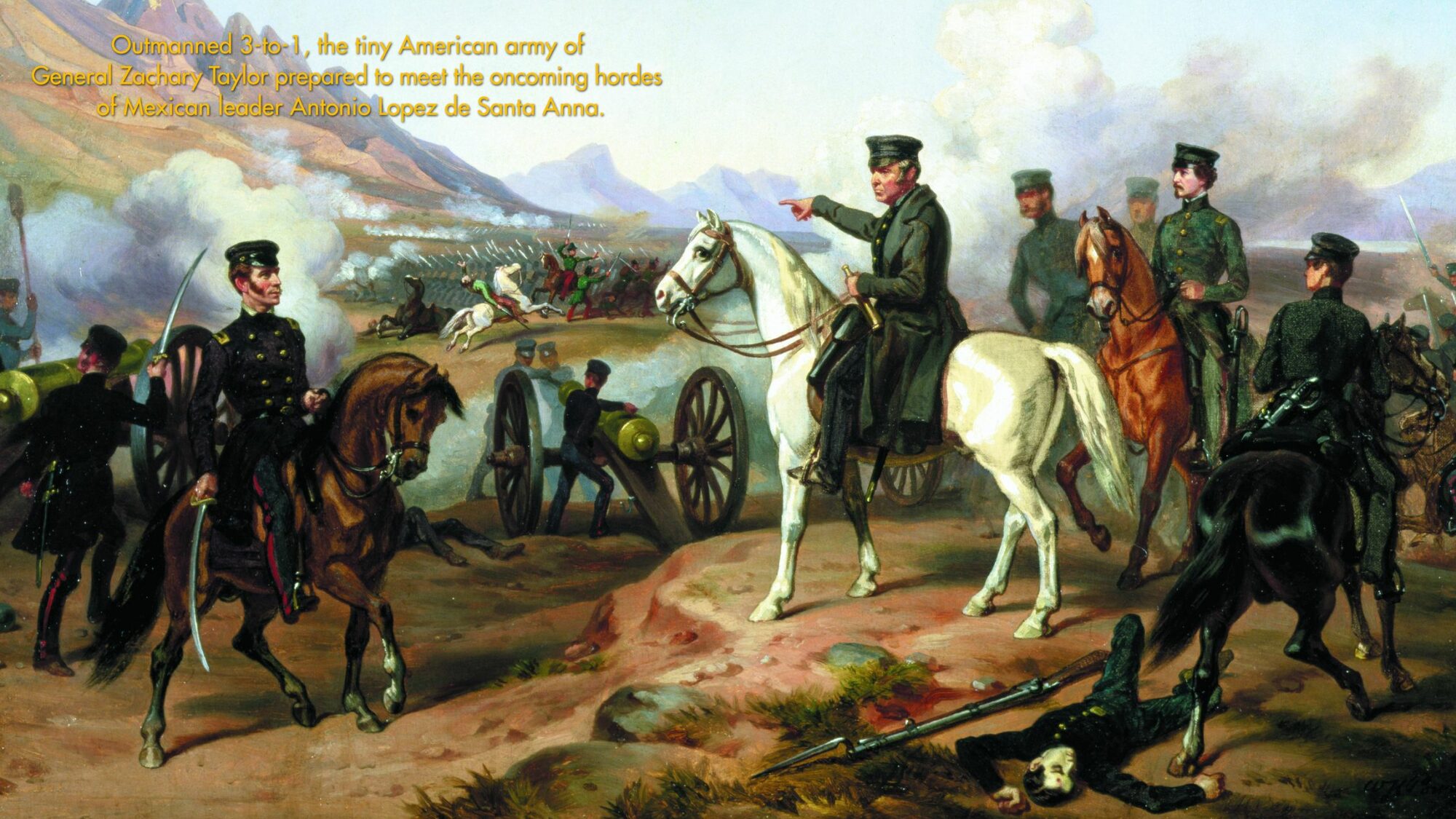
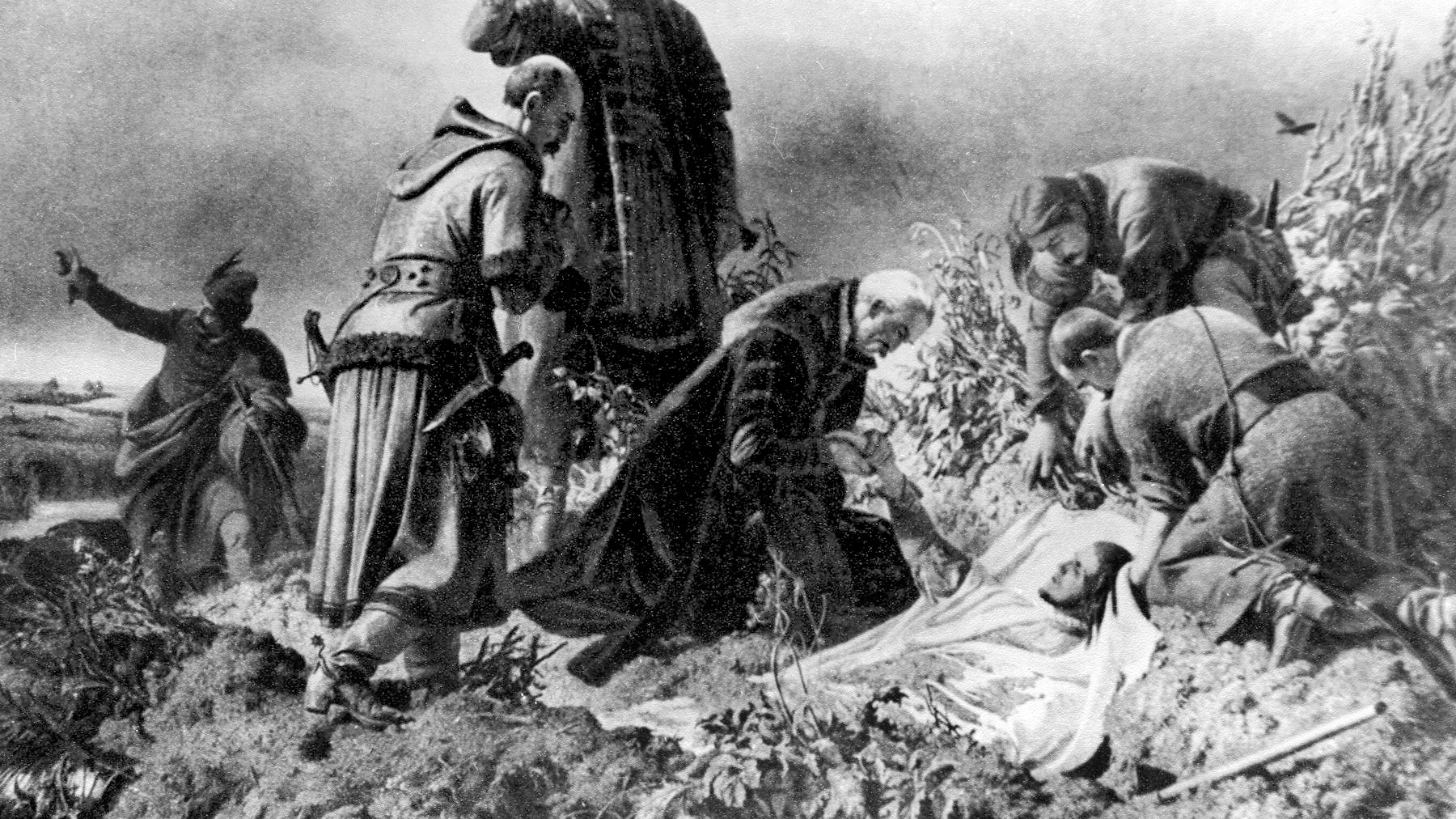
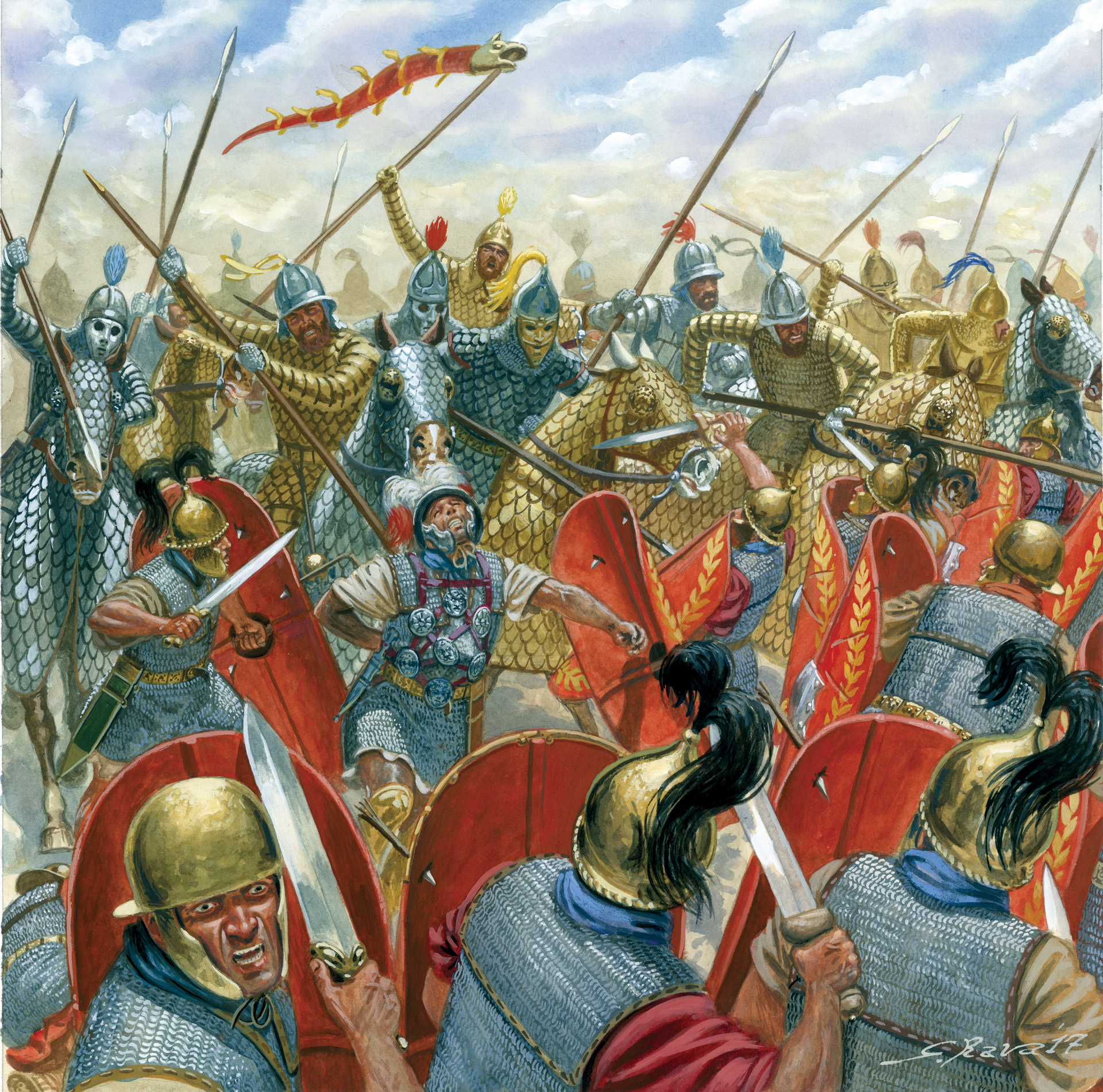
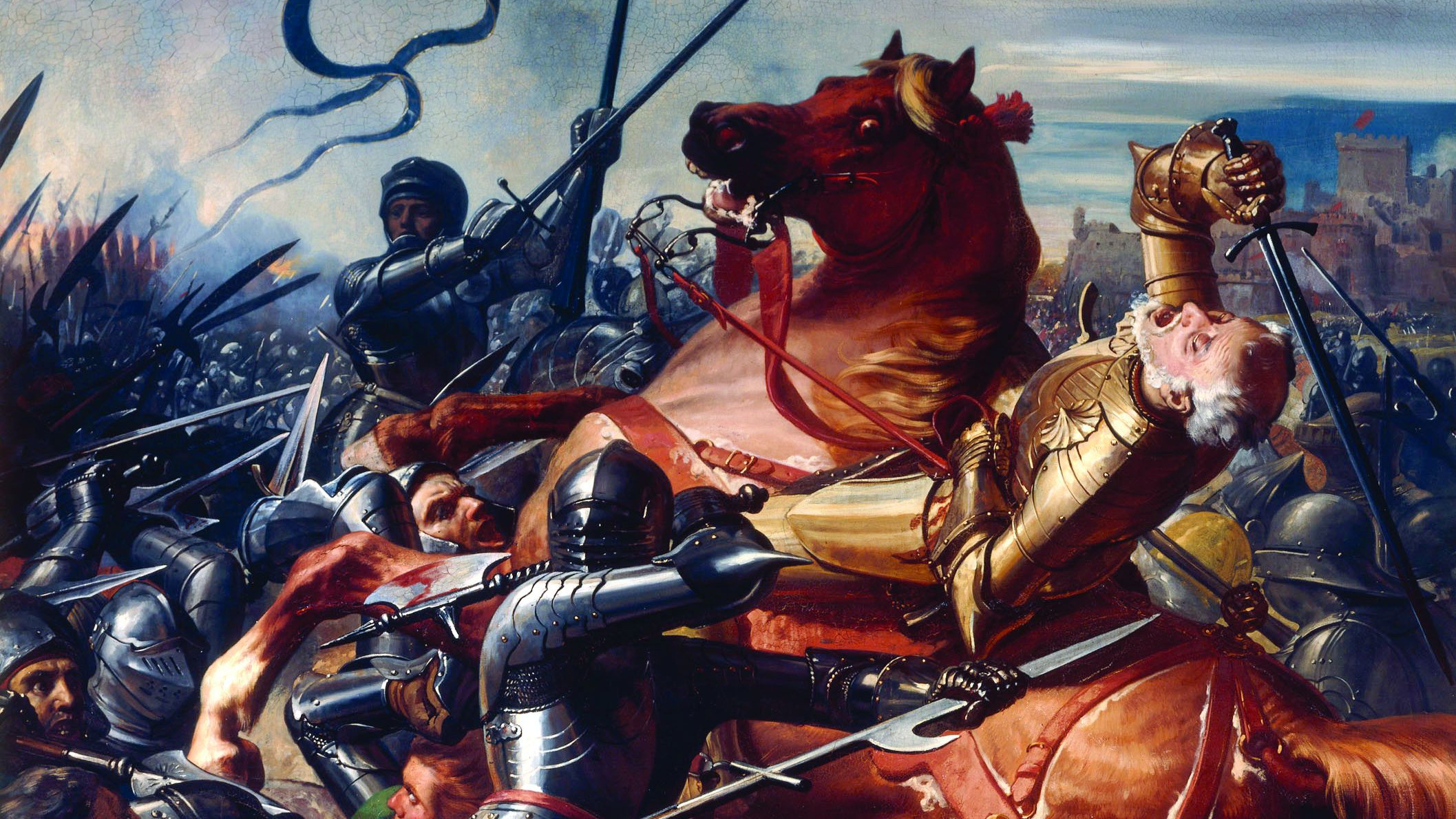
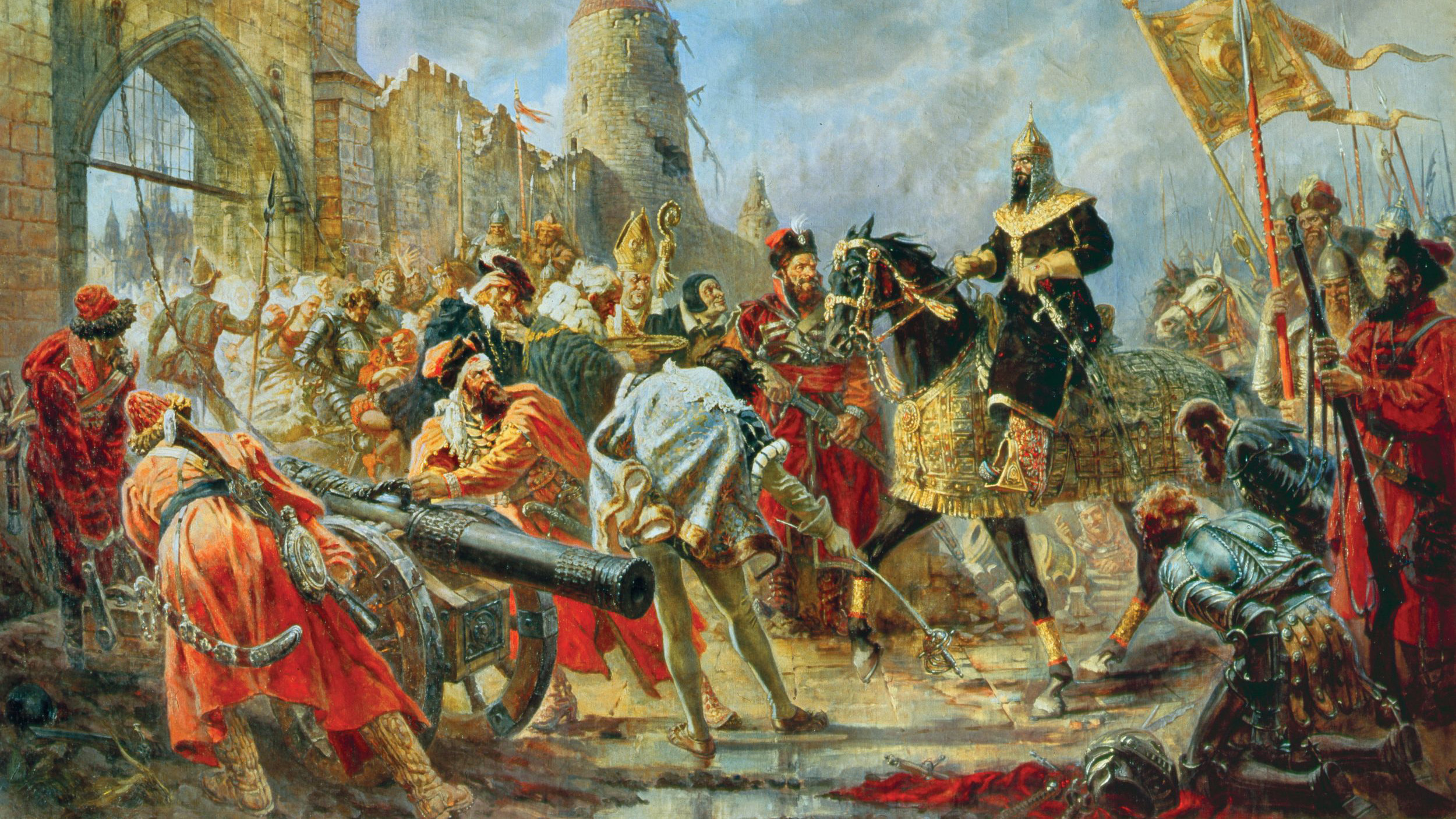
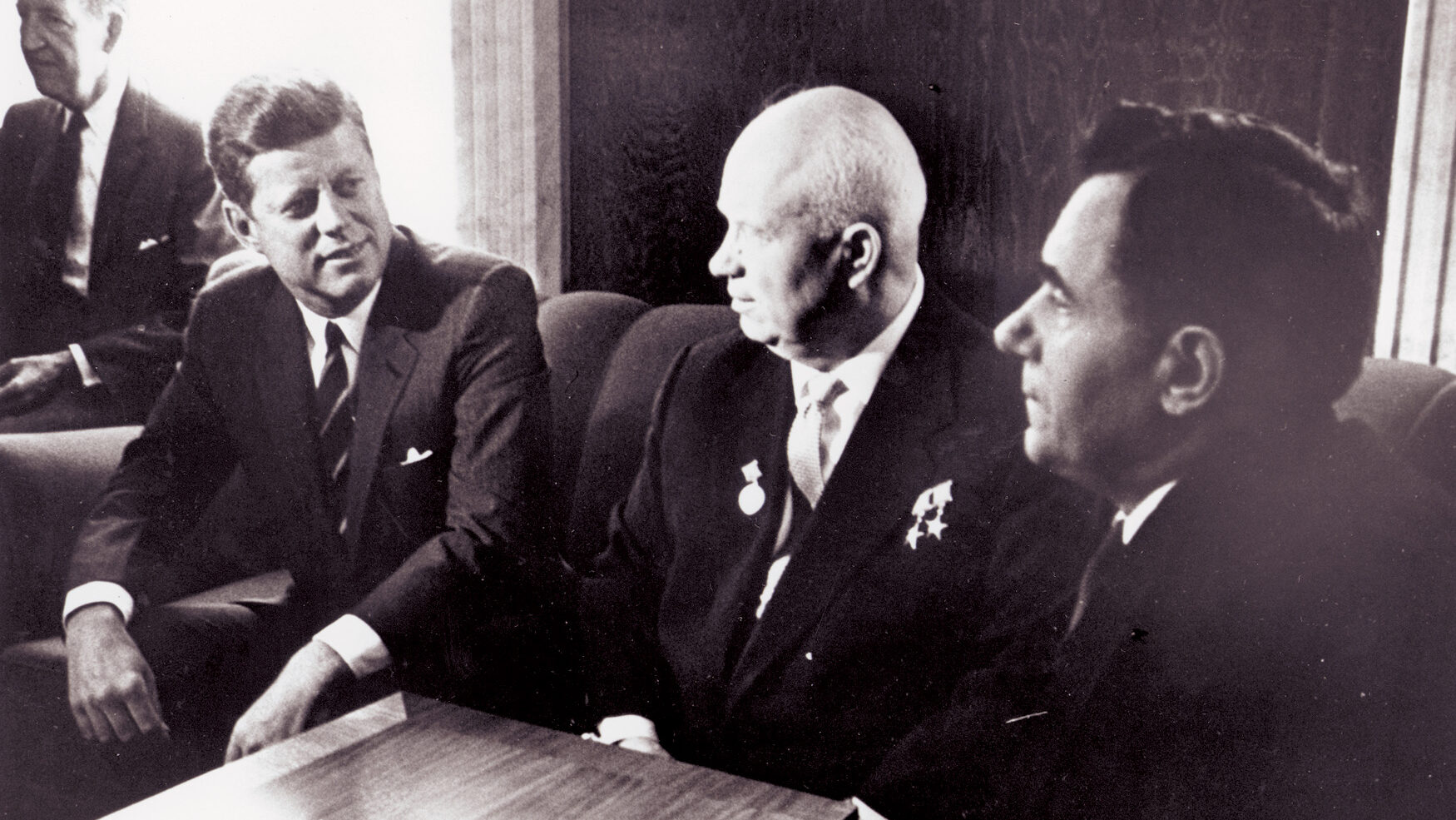
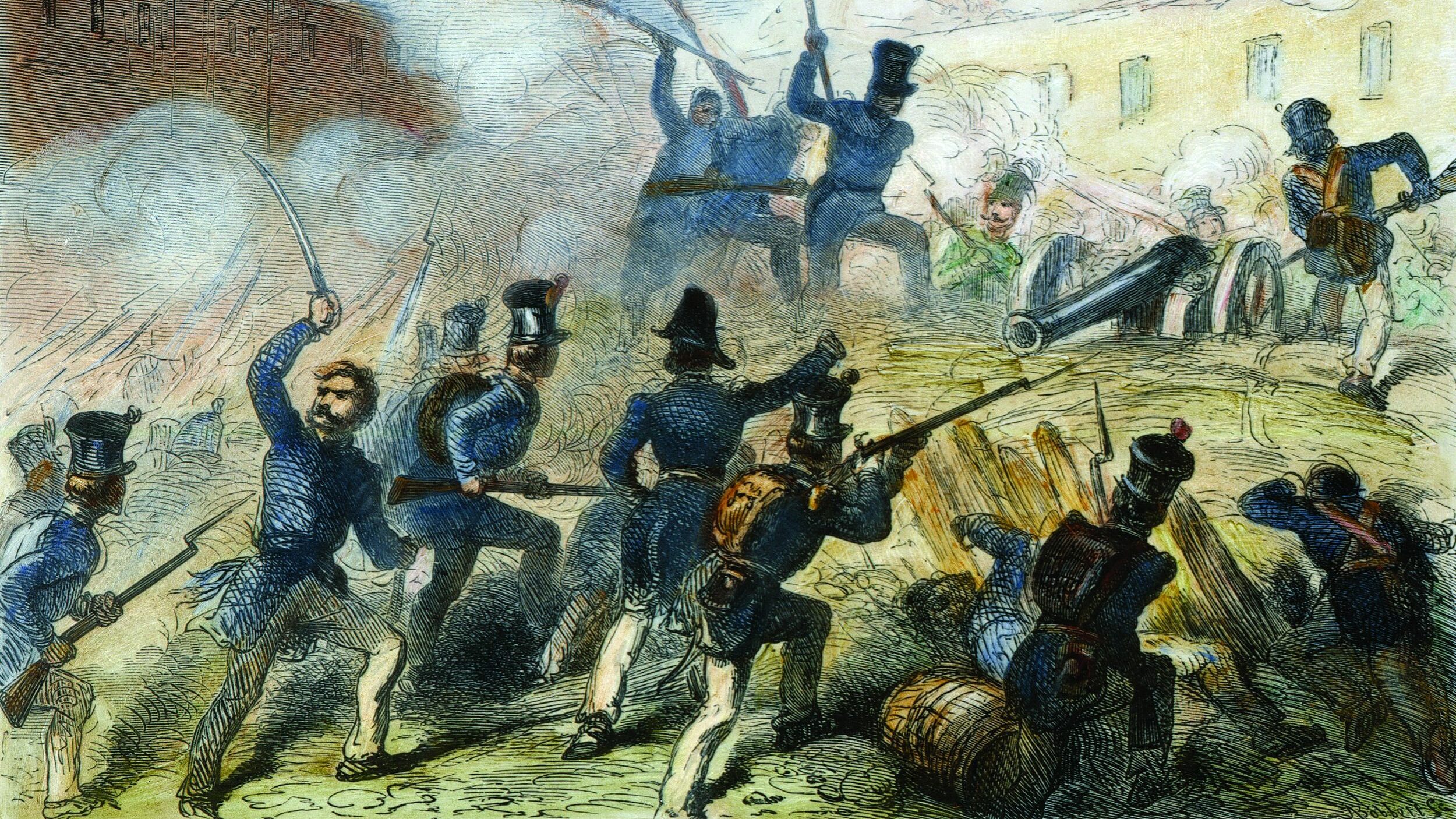
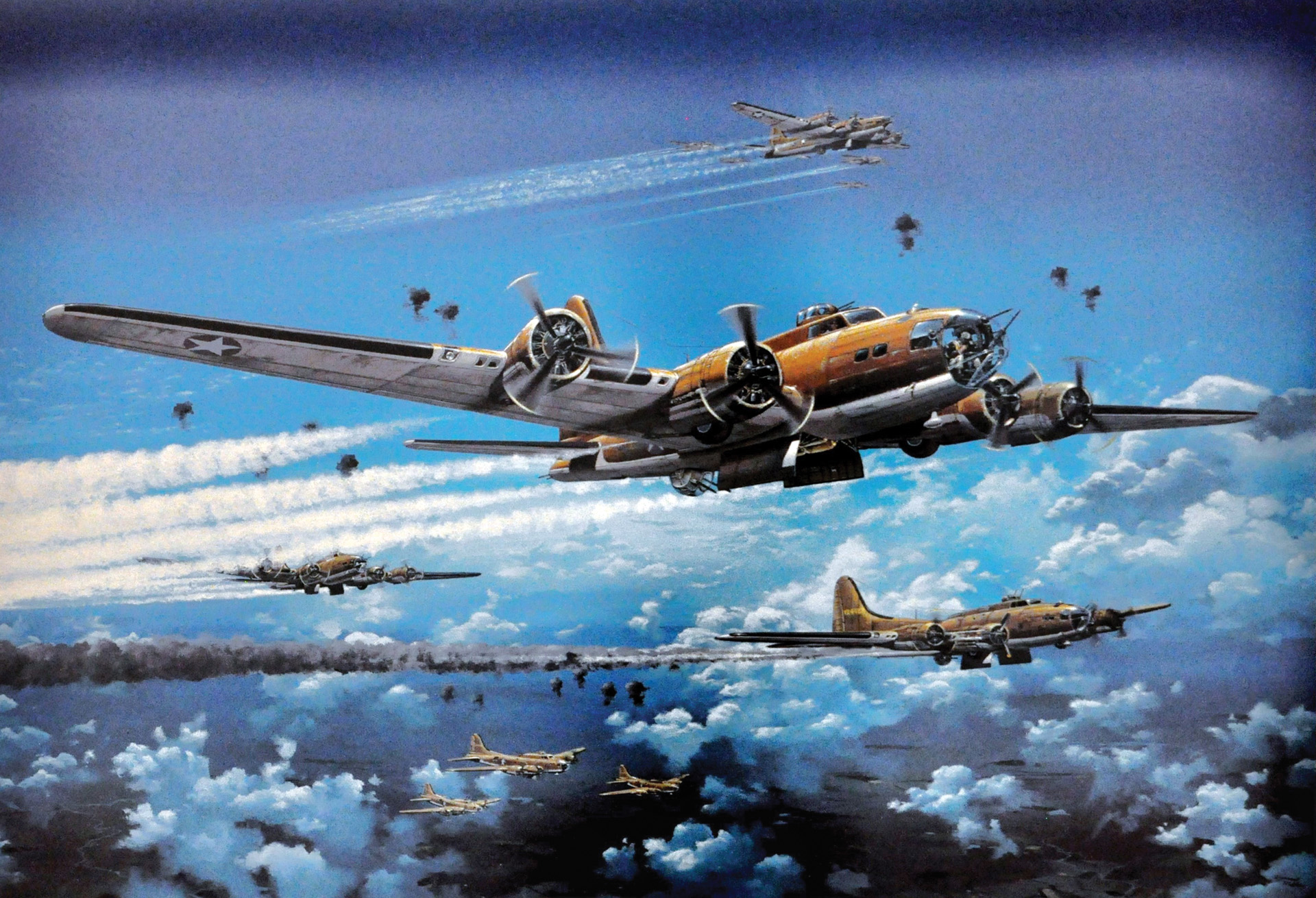
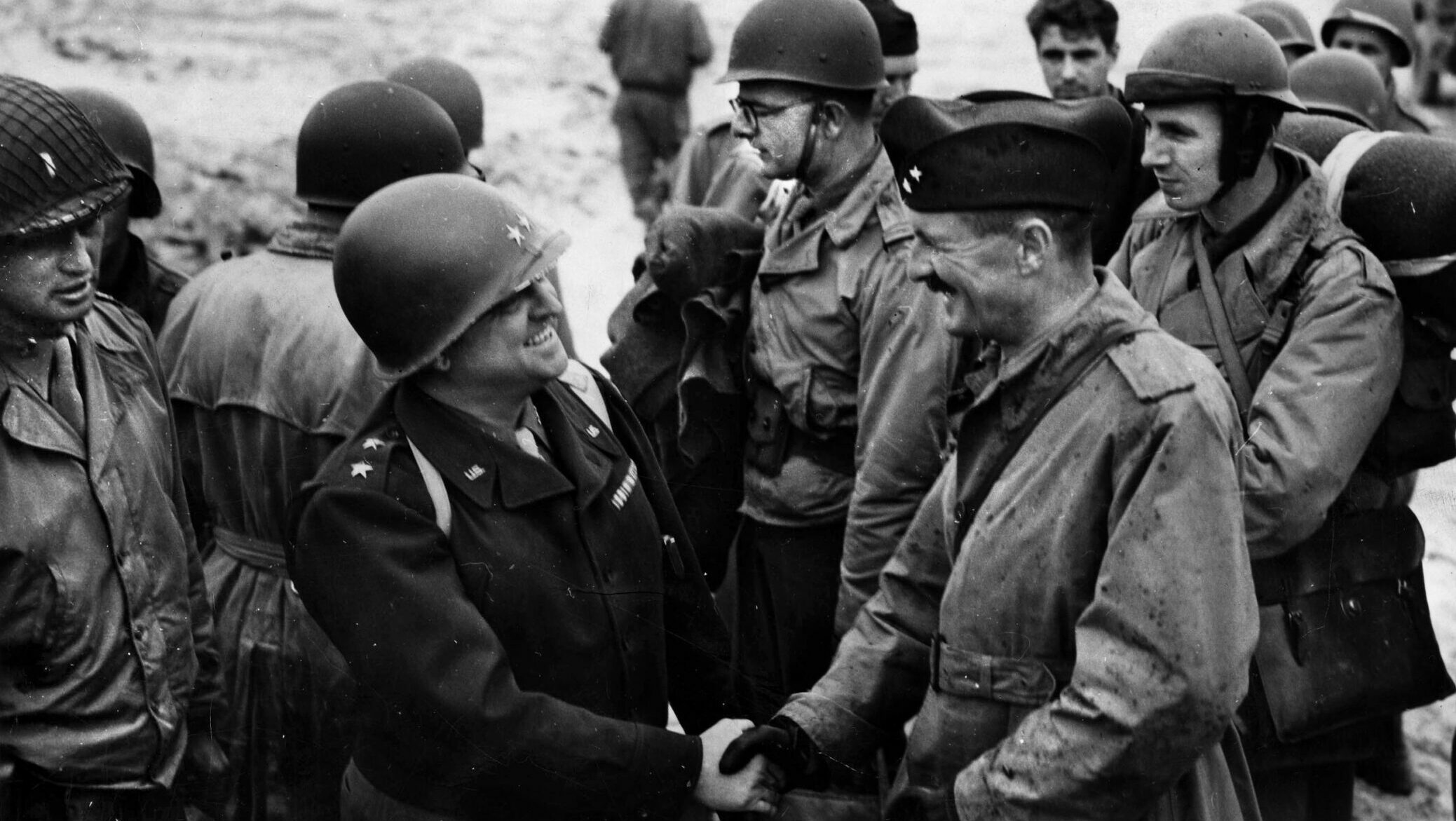
excellent narrative on the war of 1847 with Mexico.There is not a lot of info (comparitivley) about this period in American history.Some current photos of the old battlefields would be interesting,,sort of a then and now illustration.An excellent novel about this period by Jeff Shaara :Gone For Soldiers.
My Great Great Great Uncle Sam Allen attended to the foot wound of Jeff Davis after this battle.